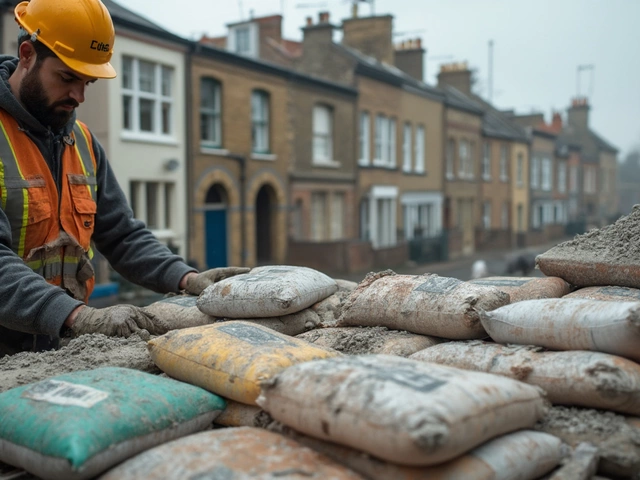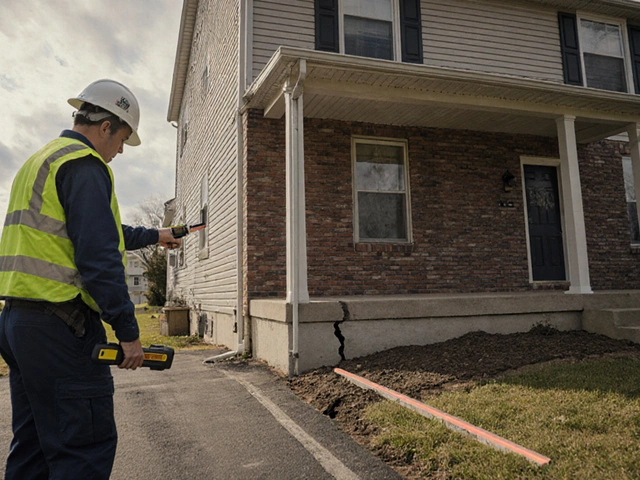Cracked Foundation: What It Means and How to Fix It
If you notice a crack in your slab, crawl space wall, or basement floor, don't ignore it. A small line can turn into a big problem that costs thousands. Knowing the common causes, the signs that a crack is serious, and the right repair steps can save you money and keep your home safe.
Common Causes and Warning Signs
So why do foundations crack? The most frequent culprits are soil movement, water issues, and poor construction. When the soil underneath shifts—because of freeze‑thaw cycles, expansive clay, or uneven loading—it pushes or pulls on the concrete. Water that pools around the base can wash soil away, creating voids that let the foundation settle.
Look for these red flags:
- Vertical cracks that are wider than a hairline (more than 1/8 inch)
- Horizontal cracks, especially near doors or windows
- Stair-step cracks in brick walls
- Doors and windows that stick or no longer close properly
- Sloping floors or water pooling in the basement
If any of these appear, grab a tape measure and note the length and width. Growing cracks over weeks or months are a clear sign you need professional help.
Repair Options and When to Call a Pro
Not every crack needs a massive job. Hairline cracks can often be sealed with epoxy or polyurethane injection. This stops moisture from getting in and holds the concrete together. For larger gaps, you might need carbon‑fiber stitching or steel braces to give the wall extra strength.
When the issue is about soil—like a sinking footing—you’ll likely need underpinning. That means digging beneath the foundation and adding concrete piers or helical piles to transfer the load to stable ground.
Here’s a quick decision guide:
- Small, non‑moving cracks: DIY epoxy sealant works.
- Cracks that keep getting bigger: Call a structural engineer.
- Visible settlement, doors stuck, water leaks: Get a foundation contractor to assess underpinning or wall reinforcement.
Feeling overwhelmed? Our blog has practical articles you can read right now:
- Can a Foundation Be Unfixable? Signs, Costs, and When to Replace vs Repair
- Can You Fix Your Own House Foundation? DIY vs Pro, Costs, and Steps
- Best Foundation Repair Methods: Your Complete Guide to Home Stability
- Foundation Crack: What Happens If You Don't Fix It?
- 345 Rule Explained: The Simple Key to Strong Residential Foundation Design
Reading these will give you clearer numbers on repair costs, step‑by‑step DIY tips, and the point when hiring a professional saves you from a bigger disaster.
In short, don’t wait for a crack to grow. Check it regularly, understand what’s causing it, and act fast with the right repair method. Your home’s foundation is the base of everything—keep it solid, and you’ll avoid costly surprises later.
Cracked Foundation: Should You Stay or Move? Real Talk on Living with Foundation Issues

Is it safe living in a house with a cracked foundation? Discover expert tips, safety risks, and repair options to protect your home and wallet.
read more



